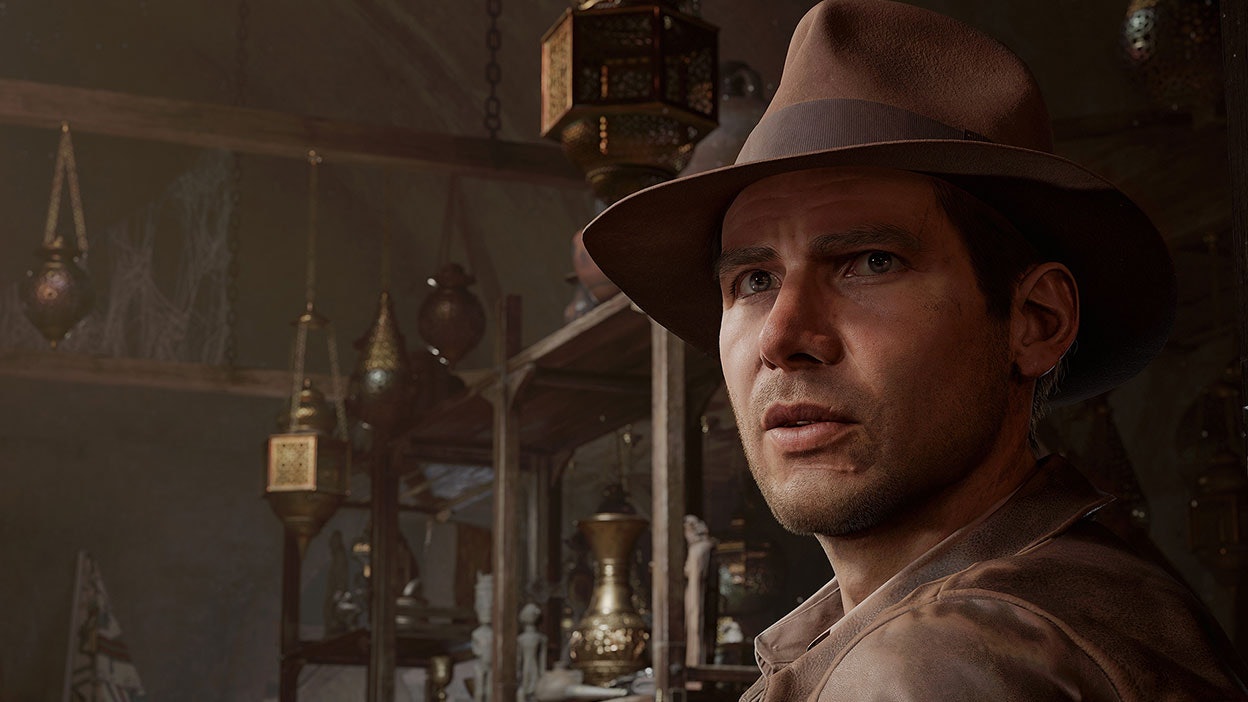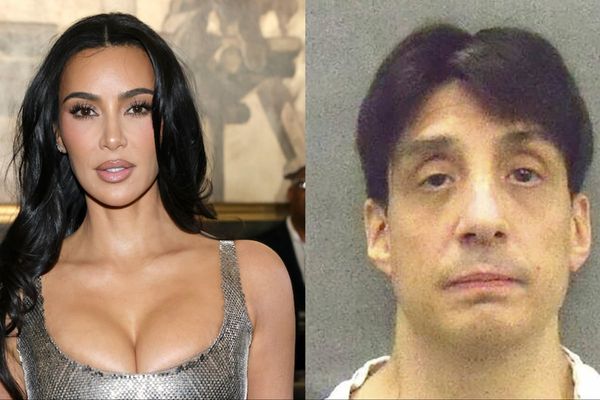
The best deal in gaming has officially jumped the shark, as Xbox announced yet another wave of convoluted changes to its stagnant subscription service. Xbox Game Pass will get a significant price increase as well as changes to what’s included in each of its tiers, Microsoft announced on July 9.
For starters, Game Pass Ultimate, the premium tier that includes games on console and PC, access to EA Play, cloud streaming, and playable first-party Xbox games on release day, is going from $17 to $20 per month.
Game Pass for Console, the $11 tier that includes the service’s console library and playable Xbox exclusives on day one, is being phased out and replaced with Xbox Game Pass Standard. However, this new $15 tier will no longer let players jump into new games (like the upcoming Call Of Duty: Black Ops 6) the day they come out. Current subscribers to Game Pass for Console will continue to receive the more robust benefits at a cheaper price point — until Sept. 18.
Finally, the cheapest Game Pass option, Game Pass Core, will now cost $75 for an annual subscription (up $15 from its previous price).
All of these changes are effective immediately for new subscribers and are set to take effect on Sept. 12 for existing customers.

Xbox was already pushing the limits of confusing marketing when it restructured its tiers and increased prices a year ago. However, this latest move of jacking up prices while also removing key features has to be the biggest Xbox blunder to date (and that’s saying something in 2024).
These price increases are likely driven by Game Pass’ lack of growth in recent years — big exclusives like Starfield and Hellblade 2 weren’t enough to spike subscriptions. While charging more is a practical way to make-up for the static revenue, it comes at the cost of exploiting the company’s most loyal customers.

The biggest sin of this is Microsoft screwing up the simple appeal of their revolutionary subscription service. Since its introduction in 2017, Game Pass virtually marketed itself: Pay an affordable monthly price and get unlimited access to a ton of games, including new ones from Xbox-owned studios. It was an easy sell to lapsed gamers who could pick up an Xbox Series S for as little as $300.
With these recent changes, however, the “it’s Netflix but for games” elevator pitch has become a muddled mess of meaningless buzzwords and confusing subscription tiers, each with too many caveats to keep the average person’s eyes from glazing over. Asking players to fork over $20 a month to retain everything that made Game Pass such a great deal in the first place turns an attractive offer into a niche product that only the most hardcore of gamers can justify sticking with year-round. (Ironically, the same thing seems to be happening to Netflix itself: higher prices push more customers to opt for a cheaper, ad-supported tier or cancel their subscriptions entirely.)
Four years ago, Xbox Game Pass seemed like a viable future for a flailing gaming brand that had lost the previous console generation to PlayStation. While plenty of skeptics rightfully doubted that a subscription model could bring in enough money to fund multiple video game studios, there was no denying how appealing the service was to the average casual gamer. But Microsoft’s constant fiddling with the magic formula that made Game Pass the best deal in gaming is ruining one of the few trump cards the company has left.







